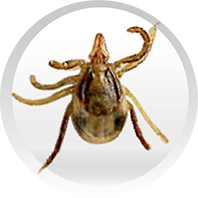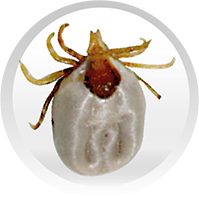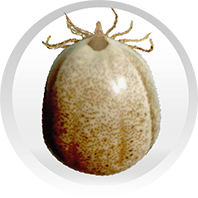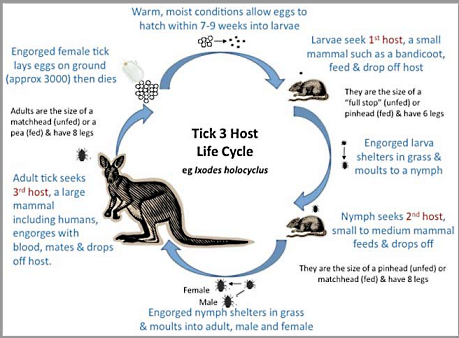There are a number of ticks in Australia, but the life of your pets (and rarely, babies and small children) is threatened every summer by the paralysis tick.



The adult female paralysis tick (Ixodes holocyclus) pictured from no engorgement to full engorgement. Photos courtesy of www.bravecto.com.au
The height for the “tick season”, as the feeding period for the female tick is known, is between August and March (See the "tick life cycle” diagram below.) Luckily there are three important and easy steps you can take to prevent your pet from being bitten by a deadly paralysis tick.
 Photo courtesy of: http://www.karlmcmanusfoundation.org.au/ticks-in-oz
Photo courtesy of: http://www.karlmcmanusfoundation.org.au/ticks-in-oz
1. Prevention: An ounce of prevention is worth a pound of cure
This holds true for paralysis ticks. How can we prevent ticks from attaching? For cats, and dogs that are not washed more than once per month, a thorough application with fipronil spray. The common brands are Frontline or Frontera. When these are applied according to instructions (every three weeks in cats) they go a long way to preventing ticks attaching to your pet.
2. Check. And Check Often
Secondly, search through your pet’s coat every day, to try and find any ticks that are attached. It helps if you have your dog clipped short for summer, and then there is less hair to “walk your fingers through”, as you feel for any attached ticks. It will feel like a little pea or round seed, attached to your pet’s skin. The following video shows a vet searching at dog using this method:
https://www.youtube.com/watch?v=tL96K_ARSxs
Don’t forget to check your pet's head; about 70% of all ticks attach around the head, neck and shoulders of the pet.
3. Kill Them and Kill Them Quick
Finally, it is very important to kill any ticks which may come into contact with your pet. In cats this means using Frontera or Frontline spray very regularly (at least every 3 weeks). In dogs the convenience of chewable tablets, such as Bravecto and Nexgard, mean that they can even go swimming over summer and be protected.

The natural hosts for ticks are our native animals, including birds, possums and bandicoots. As our cement garden becomes more friendly for these little critters, they will bring the ticks into our midst. Ticks on your pets can cause gradual paralysis of the muscles of walking, swallowing and eventually breathing, causing death. For this reason, even in the City of Sydney, it is important to be vigilant and take these three important steps to prevent a life-threatening tick attaching to your pet.
Check out a recent article in the Daily Telegraph about a Sydney feral cat we at PPVH treated for tick paralysis.
